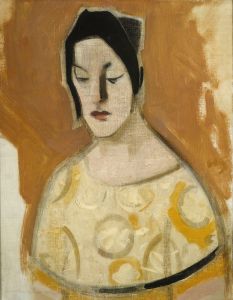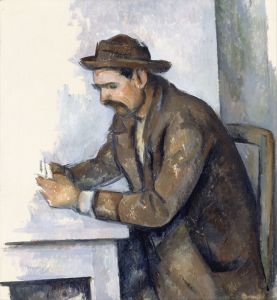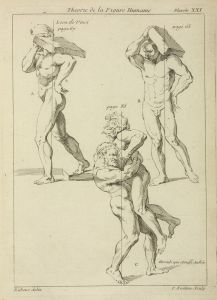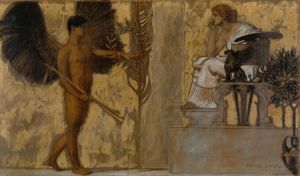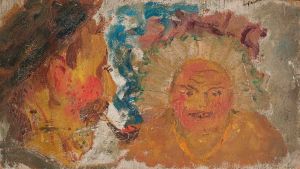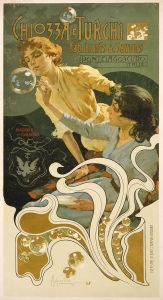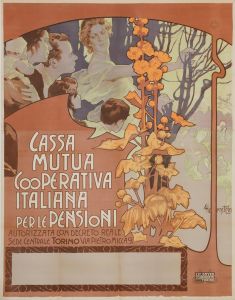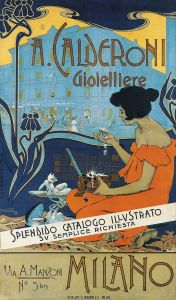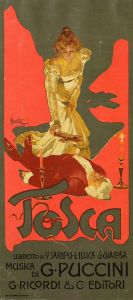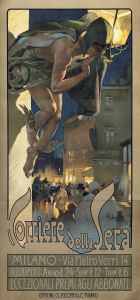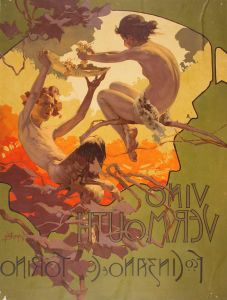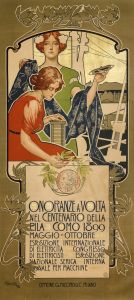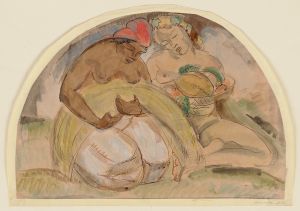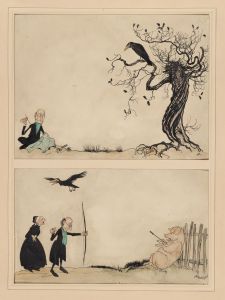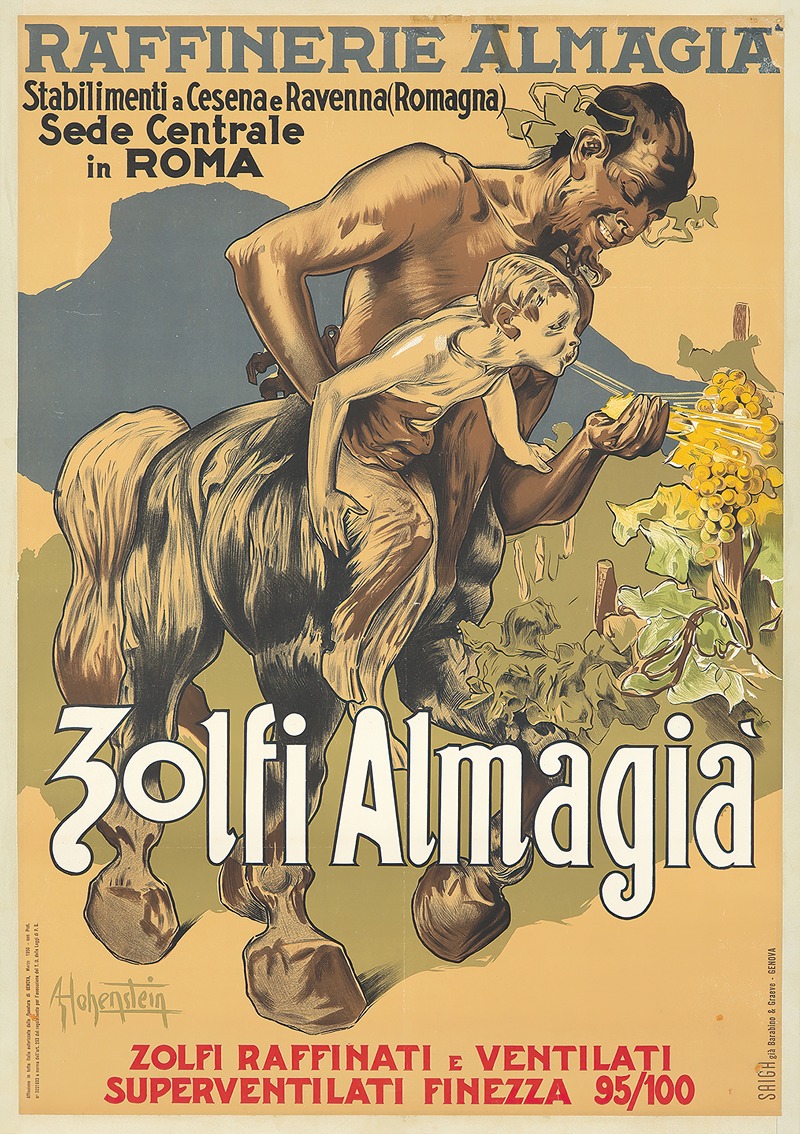
Zolfi Almagia
A hand-painted replica of Adolfo Hohenstein’s masterpiece Zolfi Almagia, meticulously crafted by professional artists to capture the true essence of the original. Each piece is created with museum-quality canvas and rare mineral pigments, carefully painted by experienced artists with delicate brushstrokes and rich, layered colors to perfectly recreate the texture of the original artwork. Unlike machine-printed reproductions, this hand-painted version brings the painting to life, infused with the artist’s emotions and skill in every stroke. Whether for personal collection or home decoration, it instantly elevates the artistic atmosphere of any space.
Adolfo Hohenstein (1854–1928) was a German painter, illustrator, and set designer who is often regarded as one of the pioneers of Italian Art Nouveau, also known as "Stile Liberty." His work significantly influenced the visual culture of Italy in the late 19th and early 20th centuries. One of his notable works is the painting "Zolfi Almagia."
"Zolfi Almagia" is a poster created by Adolfo Hohenstein in 1895. This artwork was commissioned by the Almagia company, which was involved in the production and sale of sulfur and other chemical products. The poster is an excellent example of Hohenstein's mastery in combining commercial art with fine art, a hallmark of the Art Nouveau movement.
The poster features a striking composition that captures the viewer's attention through its use of vibrant colors and elegant lines. At the center of the composition is a female figure, which was a common motif in Art Nouveau works. She is depicted in a flowing dress, surrounded by swirling, organic forms that are reminiscent of natural elements such as plants and flowers. This use of natural forms is characteristic of the Art Nouveau style, which sought to break away from the rigid structures of traditional academic art.
Hohenstein's use of typography in "Zolfi Almagia" is also noteworthy. The text is integrated seamlessly into the design, enhancing the overall aesthetic appeal of the poster. The elegant, curvilinear font complements the organic forms of the illustration, creating a harmonious balance between text and image. This integration of text and image is a defining feature of Hohenstein's work and reflects his background in both fine art and commercial design.
The "Zolfi Almagia" poster not only served a commercial purpose but also contributed to the broader cultural movement of Art Nouveau. By elevating the design of everyday objects and advertisements to the level of fine art, Hohenstein and his contemporaries helped to democratize art and make it more accessible to the general public. This was a significant departure from the elitist traditions of the past and marked a new era in the history of art.
Adolfo Hohenstein's work, including "Zolfi Almagia," had a lasting impact on the development of graphic design and commercial art. His innovative approach to integrating art and commerce paved the way for future generations of artists and designers. Today, his posters are highly regarded for their artistic merit and historical significance, and they continue to be studied and admired by art historians and enthusiasts alike.
In summary, "Zolfi Almagia" by Adolfo Hohenstein is a quintessential example of Art Nouveau poster art. It showcases Hohenstein's skill in blending fine art with commercial design, and it reflects the broader cultural trends of the late 19th century. The poster remains an important piece of art history, illustrating the transformative power of the Art Nouveau movement and its enduring influence on the world of design.





